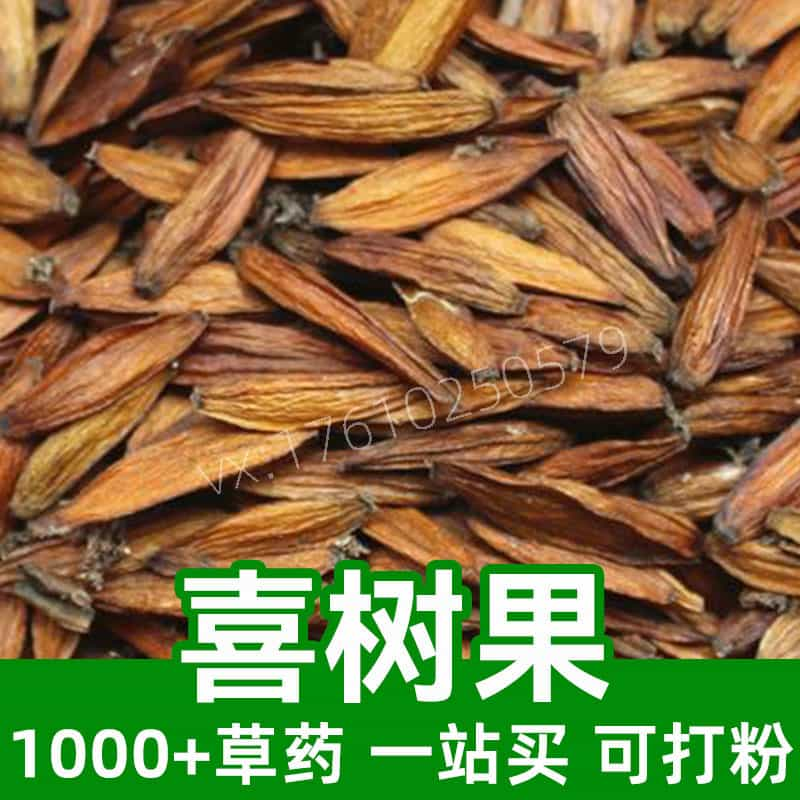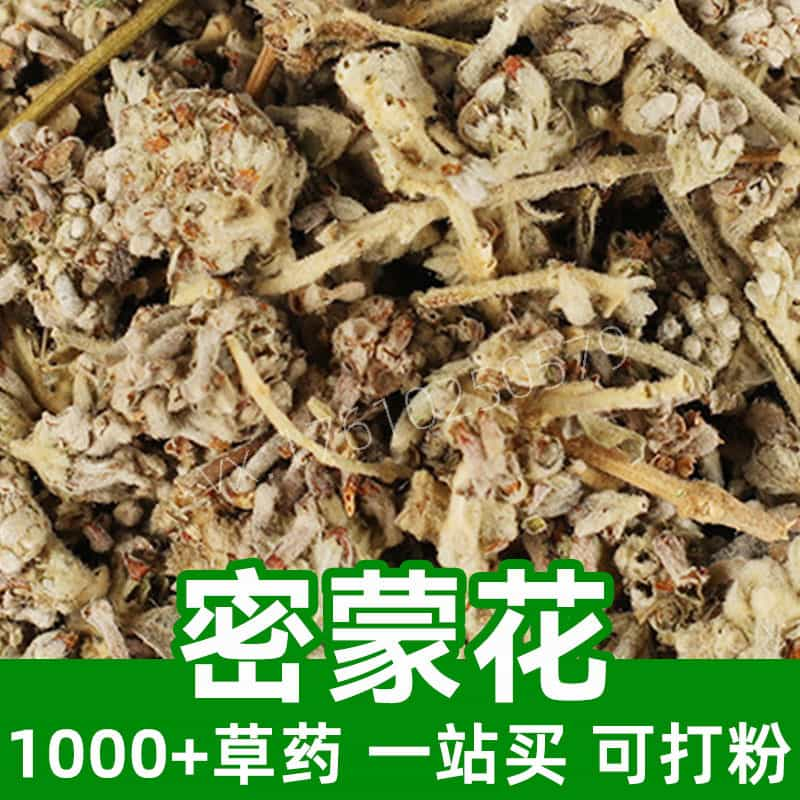Product Introduction
Cynanchum auriculatum, commonly referred to as "Yuehua," is a significant herb in traditional Chinese medicine known for its versatile applications. Native to the diverse climate of southern China, particularly in areas like Guangxi and Guangdong, this climbing perennial vine has both culinary and medicinal uses. The primary components of Cynanchum auriculatum include alkaloids, flavonoids, saponins, and glycosides, which are believed to contribute to its health benefits.
In TCM, Cynanchum auriculatum is regarded for its potential to support the immune system, enhance vitality, and aid in digestion. The sweet and slightly bitter flavor profile allows it to harmonize with other ingredients in herbal formulations, while its targeting of the Lung, Spleen, and Stomach meridians makes it a valuable component in many traditional recipes. As consumers increasingly seek natural remedies, Cynanchum auriculatum's popularity has surged, making it a key player in the herbal medicine landscape. Proper storage in cool, dry conditions is essential to preserve its beneficial properties, ensuring that users can tap into its potential with confidence.
Main Active Ingredients
Cynanchum auriculatum contains several active constituents that render it valuable in traditional pharmacopoeia. The prominent compounds include alkaloids, such as cynanchinine, which is noted for its potential physiological effects. This class of compounds is often associated with various biological activities, including anti-inflammatory and immune-modulating properties.
Flavonoids represent another significant class of active ingredients present in this herb. Flavonoids like quercetin and kaempferol are known for their antioxidant effects. They help neutralize free radicals, thus protecting cells from oxidative stress, which is crucial for maintaining overall health and wellbeing.
Saponins are also prevalent in Cynanchum auriculatum and contribute to its therapeutic potential. These compounds are recognized for their mild tonic effects, promoting energy and digestion. Glycosides in the plant further enhance its functionality, often aiding in the absorption of nutrients and improving digestive health.
Together, these active ingredients imbue Cynanchum auriculatum with multifaceted health benefits, bridging its traditional uses with modern scientific appreciation. Research into these components continues to grow, expanding our understanding of how they contribute to the herb's overall efficacy and safety.
Product Application Scenarios, Usage, and Dosage
Cynanchum auriculatum is traditionally employed in multiple ways within both herbal medicine and culinary traditions. In TCM, it may be used as a standalone herb or as part of herbal formulations. Commonly, it is prepared in decoctions, wherein the dried herb is simmered in water to extract its beneficial compounds.
The typical dosage for dried Cynanchum auriculatum ranges between 6 to 15 grams per day, though it may vary based on individual health conditions and dietary habits. It is recommended to consult a qualified healthcare provider or herbalist to determine the appropriate dosage.
In culinary applications, the herb may be added to soups or stews, enriching the nutritional profile of meals while providing flavor and health benefits. Furthermore, it is sometimes used in the preparation of herbal teas, offering a soothing beverage rich in phytonutrients.
People may also combine Cynanchum auriculatum with other herbs such as Ginseng or Astragalus to create synergistic effects, thereby enhancing vitality and supporting digestive health. Beyond traditional uses, modern adaptations in health food trends have seen it incorporated into herbal supplements and wellness products, broadening its reach and utility.
Introduction to the Source Plant, Distribution, and Growth Environment
Cynanchum auriculatum is a member of the Asclepiadaceae family, exhibiting characteristics typical of climbing perennial vines. It is primarily found in subtropical regions within southern China, where it thrives in warm, humid environments. The plant typically grows in forest margins, grasslands, and other disturbed areas, where it can access adequate sunlight and moisture.
The distribution of Cynanchum auriculatum extends beyond China, with sightings in some neighboring countries; however, the herb is most commonly cultivated and harvested in diverse regions of China. The growth environment plays a critical role in its chemical composition and potency; thus, farmers often pay close attention to soil quality and climatic conditions.
Cultivation practices focus on organic methods, utilizing traditional farming techniques that enhance the herb's natural flavors and properties. The rhizomes are often harvested during the appropriate season, ensuring peak conditions for chemical accumulation.
Understanding the source plant's distribution and growth environment aids in appreciating the herb's unique characteristics and its integral role in traditional practices. This knowledge reinforces the significance of sustainable harvesting to maintain ecological balance while providing a valuable resource for herbal medicine practitioners.
Harvesting, Processing, and Storage
The harvesting of Cynanchum auriculatum involves a careful selection process to ensure the collection of high-quality plants. Typically, the roots are harvested in the autumn, when the energy of the plant is concentrated in the underground portions, making them an optimal source for the essential compounds.
Following harvest, the roots are thoroughly washed and may be dried in the sun or in shaded areas, preserving their active ingredients by avoiding direct sunlight. The drying process is essential, as it reduces moisture content, thereby preventing spoilage while concentrating the beneficial compounds.
Post-drying, the roots are typically cut into smaller pieces to facilitate ease of use in formulations. This processed herb can be stored for extended periods when kept in airtight containers in a cool, dry, and dark place, ensuring its longevity and efficacy.
Effective storage is crucial to maintain the herb's chemical integrity, allowing it to retain its full range of active ingredients. Users should be aware of potential degradation due to moisture or heat, so adhering to storage guidelines is essential for maximizing the herb's therapeutic potential. Overall, proper harvesting, processing, and storage methods are vital to ensure the quality and effectiveness of Cynanchum auriculatum in both culinary and medicinal applications.
Monica Sun is a seasoned expert in the natural raw materials industry, with over a decade of experience specializing in traditional Chinese medicinal herbs, spices, and fungi. She is skilled in the sourcing, processing, and application of these materials, emphasizing sustainability and innovation. Monica Sun has contributed to the development of high-quality natural raw materials that serve as essential components in functional foods, pharmaceuticals, and cosmetics, delivering tailored solutions to meet diverse market needs.













